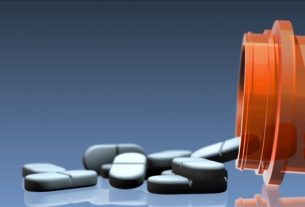Neurosurgery could eliminate brain and neurological diseases through the implantation of technology in the brain, according to experts at Houston Methodist Hospital. It may also help restore neuronal function, movement, cognition, and memory in patients who have suffered from strokes, spinal cord injuries, and various neurological disorders.
It is for this reason that Rice University and Houston Methodist Hospital created an alliance to form the Center for Translational Neural Prosthetics and Interfaces to conduct studies on the relationship between technology and the brain. “From neurosurgeons, neuroengineers and neurobiologists, we will be able to work together to solve biomedical problems of the brain and spinal cord,” explained the co-director of the new center, Gavin Britz, in the information provided to NotiPress.
Britz said the Center for Translational Neural Prosthetics and Interfaces will serve primarily as an accelerator for the discovery of many solutions to clinical problems through technology. In addition, the also president of the Department of Neurosurgery at Houston Methodist Hospital added that this collaboration has the highest scientific level. Therefore, it could offer hope and options for millions of people with brain diseases and injuries around the world.
For his part, neurobiologist Philip Horner described the laboratory as “a fusion of software with hardware.” This is because robotics, computers, electronic matrices, and other technologies are incorporated into the human brain or spinal cord to combat injury. It is important to mention that the centerpiece of this lab is a zero gravity harness attached to a walking track. Said track has cameras and sensors, which record feedback and brain activity, among other data.
The panorama of modern and innovative study design for physical and cognitive therapies is expanding every day and shows everything that the area of health can achieve in conjunction with technology. For example, the case of 3D printing models, which revolutionized surgical planning and the prosthetics industry.
Similarly, another great advance in this area is on the examinations that indicate, the magnets could offer better control over the prostate extremities. Similarly, scientists also developed a resistant artificial skin with electronic circuits made from photochemical materials. The purpose of said invention is to create better prostheses thanks to skin grafts with a nerve capacity similar to human skin. In this context, medical technology is becoming increasingly relevant and offers a wide variety of uses and applications for different conditions and disorders.




